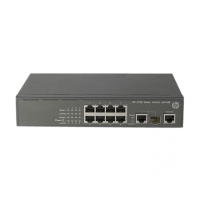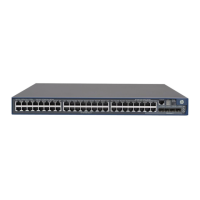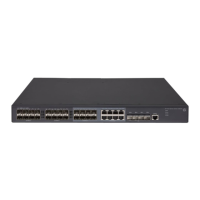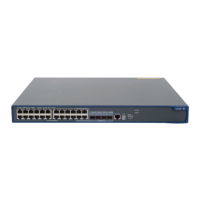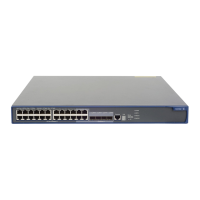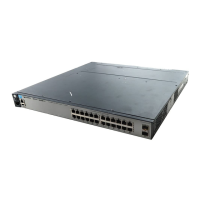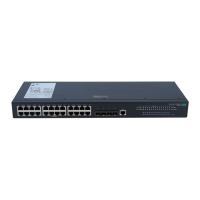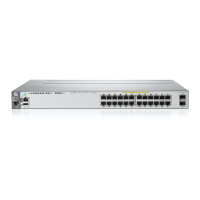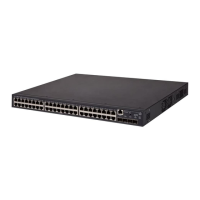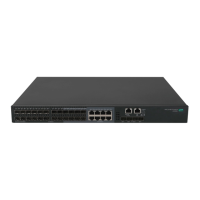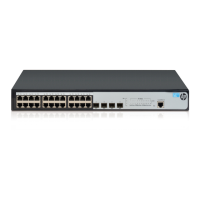Index – 3
in-band console access
types of … 2-25
included parts … 2-1
installation
connecting the switch to a power source … 2-15
horizontal surface mounting … 2-15
location considerations … 2-6
network cable requirements … 2-6
precautions … 2-3
rack or cabinet mounting … 2-9
site preparation … 2-6
wall mounting … 2-14
IP address
configuring … 3-2
IP telephones … 2-31
L
LEDs
behavior during self test … 2-8
blinking definition … 2-22
checking during troubleshooting … 4-10
descriptions of … 1-6
error indications … 4-4
Fan Status … 1-7, 2-22
Fault … 1-6, 2-22
behavior during self test … 2-8
showing error conditions … 4-4
flashing definition … 1-8–1-9
location on switch … 1-5
on switch … 1-6
port
description … 1-9
port description … 2-22
Power … 1-6, 2-22
behavior during self test … 2-8
Self Test … 1-8
behavior during self test … 2-8
Temp Status … 2-22
link test … 4-11
location for the switch, considerations … 2-6
M
MDI-X to MDI network cable … B-6, B-8
MDI-X to MDI-X network cable … B-7
mini-GBICs
full-duplex operation
half-duplex operation … 2-17
slot, location on switch … 1-5
mounting the switch
in a rack or cabinet … 2-9
precautions … 2-3
on a horizontal surface … 2-15
on a wall … 2-14
precautions … 2-14
Multiple-Display Port LEDs … 1-10
N
network cables
HP Auto-MDIX feature … B-4
required types … 2-6
twisted-pair connector pin-outs … B-4
twisted-pair, wiring rules … B-5
network devices
connecting to the switch … 2-15
network ports
connecting to … 2-15
location on switch … 1-6
standards compliance … A-3
types of … 1-6
non-standard network cables, effects … 4-2
O
out-of-band console access … 3-5
P
parts, included with the switch … 2-1
password
configuring … 3-2
passwords
deleting with the Clear button … 3-4
if you lose the password … 3-4
passwords, deleting … 1-11
physical specifications, switch … A-1
Ping test … 4-11
pin-outs
twisted-pair cables … B-4
PoE LED patterns … 4-8
PoE troubleshooting … 4-8
port configuration
checking when troubleshooting … 4-3
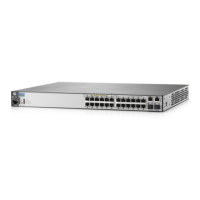
